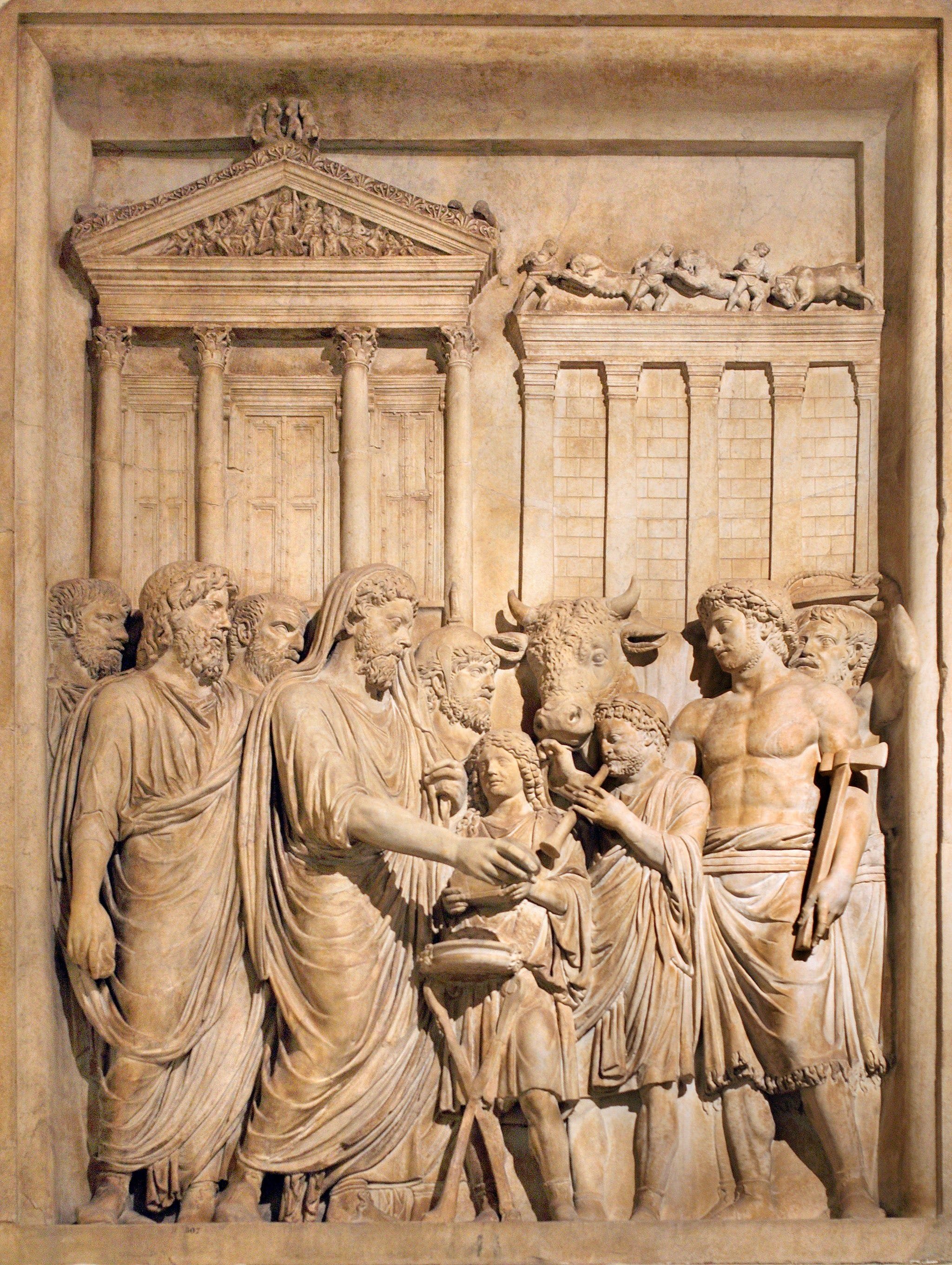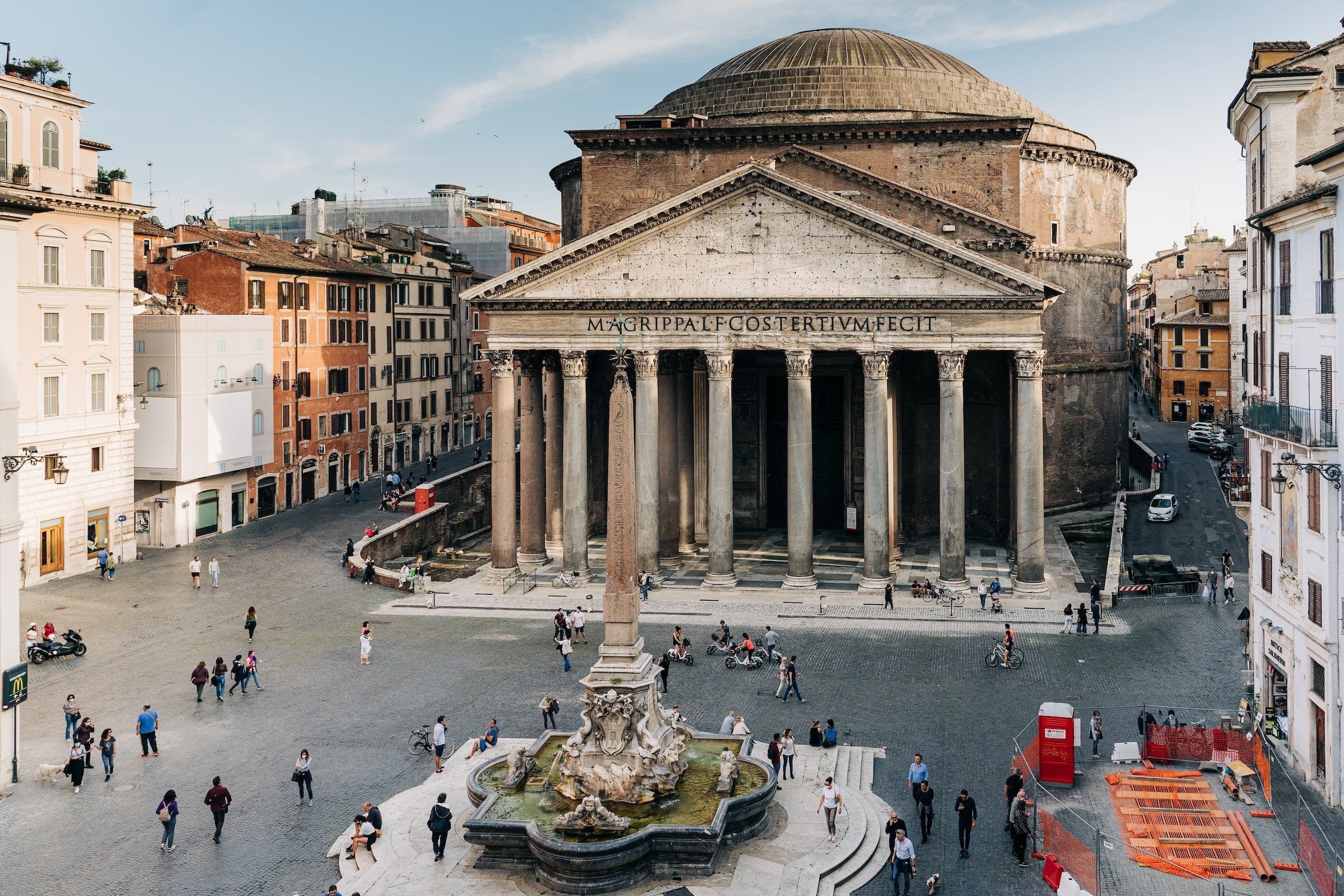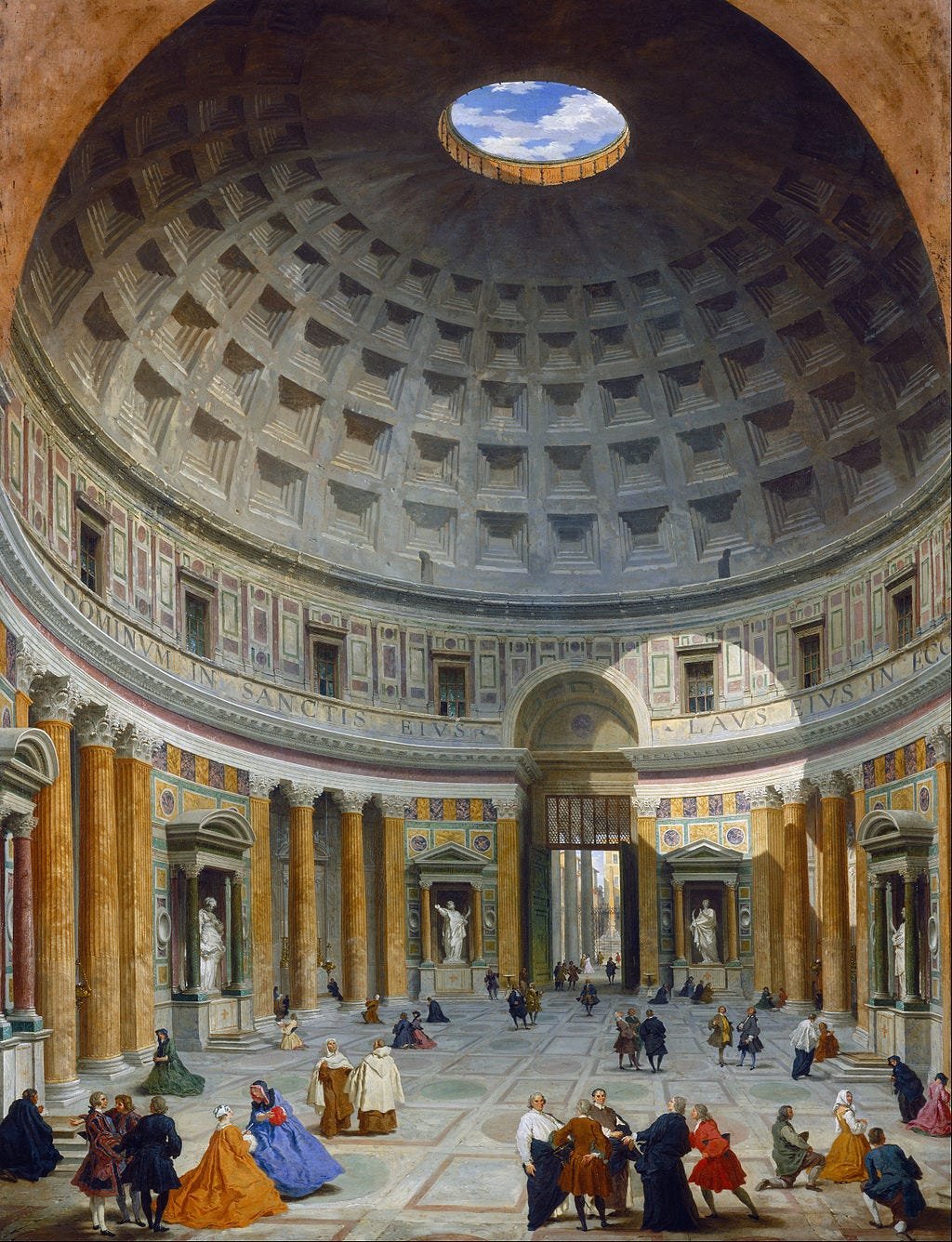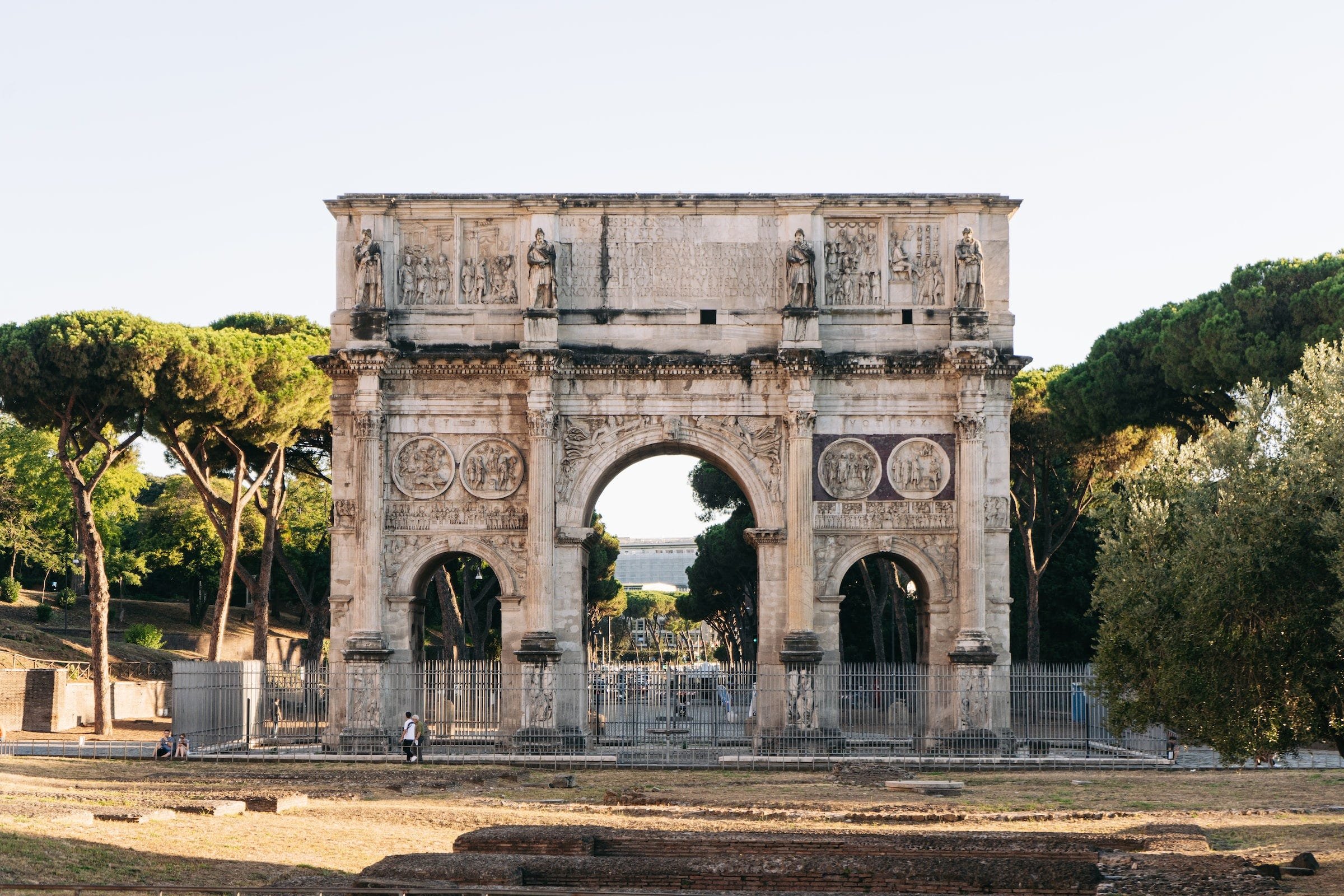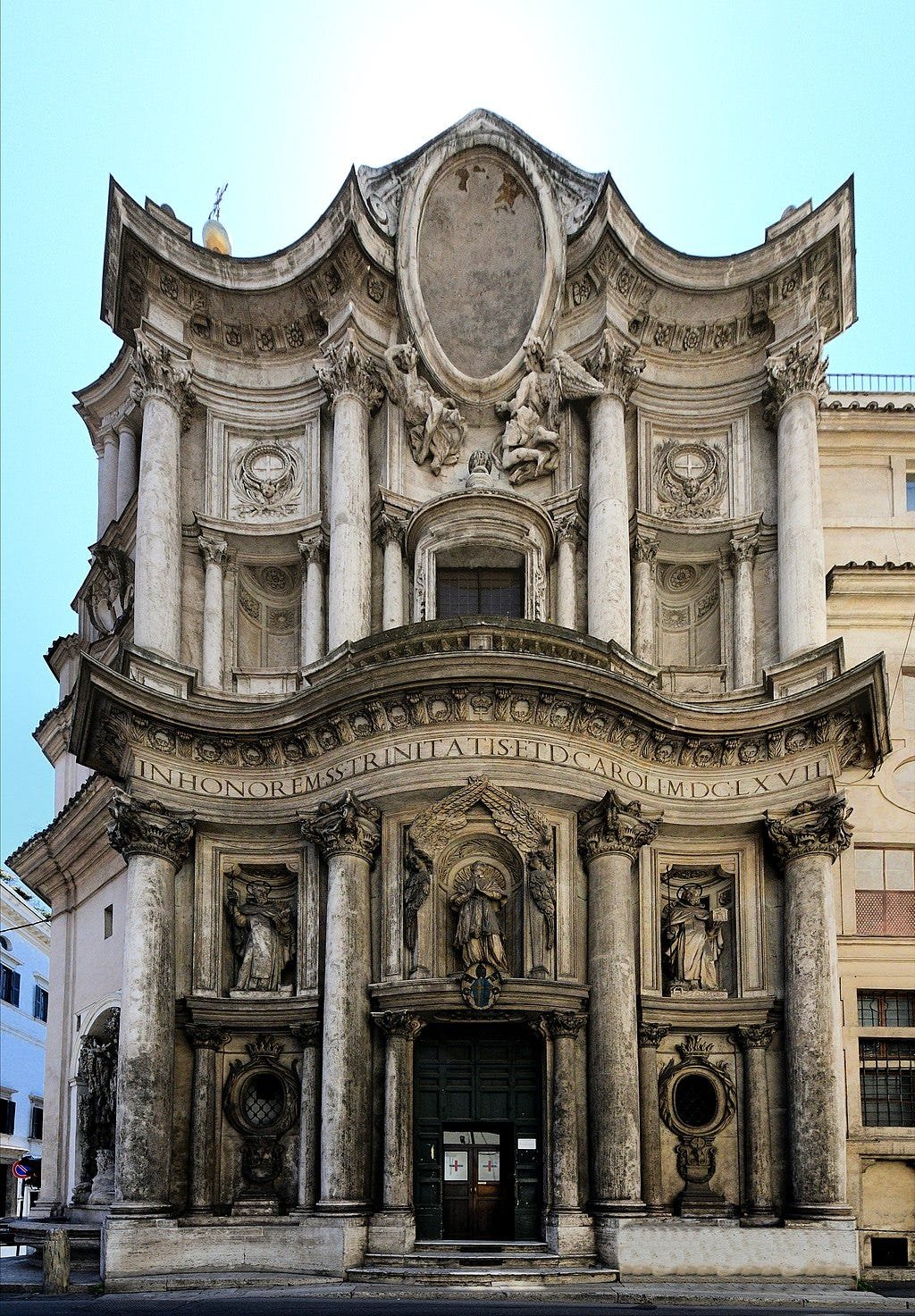Rome—3 Historical Places to Visit
Origins: The Founding Story and the Republic
It all started with the myth of the twins Romulus and Remus.
The twins were born to a princess whose father had been displaced by his brother (the new King) and he saw them as a threat. The new King ordered the twins to be killed but they were abandoned on a river bank instead. A she-wolf discovered them and cared for them in a cave and later a shepherd found and raised them.
Once grown, the twins discovered their true identity and founded a city.
After a dispute, Romulus killed his brother and established the city in his name. And on this day, April 21st, 753 BC Rome was founded by new King Romulus and this monarchy lasted 244 years.
The Republic
In 509 BC, noblemen overthrew the king and replaced him with two elected officials (consuls) and established the new Roman Republic.
The Temple of Jupiter on Capitoline Hill was dedicated on this same year and became a symbol of this new Roman Republic.
A symbol of power of the Roman Republic the temple’s influence was seen in Roman cities abroad through its many replications. The original temple was built in the Etruscan style and its later reconstructions in the Greek style. It was in the next four and half centuries during this Roman Republic (and its unplanned expansion) that turned Rome into a world power.
Relief of Marcus Aurelius in front of the fourth reconstruction of the Temple of Jupiter. The temple did not survive the fall of Rome. MatthiasKabel - CC 3.0
Julius Caesar furthered this expansion during his conquest of Gaul (~50 BC).
After Caesar’s conquest he returned and established himself dictator. His assassination (44 BC) led to civil wars eventually won by his successor (and adopted son) Augustus (formerly Octavian). Augustus became the first ruler of the Roman Empire.
Which brings us to our first building.
1. Pantheon
In the golden age of Roman History, the Pantheon (meaning all the gods) was not a temple to worship the pagan gods as previously thought.
The reigning theory suggests that it was built to reinforce the living Emperor’s god-like status. Originally built in ~25 BC by Marcus Agrippa to honor (soon-to-be) Emperor Augustus and his victory over Mark Antony & Cleopatra. It would be a place for Emperor Augustus to appear god-like in a backdrop amongst the pagan gods and previous deified rulers (Julius Caesar).
The Pantheon was built on a sacred site believed to be the location where Romulus (Rome’s mythic founder) rose to the heavens.
This first building burned down in 80 AD and was rebuilt by Emperor Domitian. The second Pantheon was struck by lightning in 110 AD. The building you see today was reconstructed by Emperor Trajan and completed by Emperor Hadrian in 126 AD.
But part of the original front facade remains.
On the front facade you’ll see M·AGRIPPA·L·F·COS·TERTIVM·FECIT a latin inscription that translates to 'Marcus Agrippa, son of Lucius, made this when consul for the third time'.
Exterior of Pantheon by @gabiontheroad - Unsplash
The Pantheon is the world’s largest unreinforced concrete dome measuring 142ft (43m) in diameter.
On midday on the founding date of Rome (April 21) sunlight hits above the front door flooding the entryway with light. The oculus, known as the Eye of the Pantheon, a 27ft (8m) wide opening is completely open to the elements and the sun’s rays move across the original marble floor and up the walls like a sundial.
One of the best preserved sites in Ancient Rome it has been in continued use for nearly two millennia.
In large part thanks to the Byzantine Emperor gifting the Pantheon to the Pope in 609 AD and it being converted to a catholic church that is still in use today. Today the Pantheon is home to the tombs of famous Italians including Renaissance painter Raphael, and several Italian Kings and poets.
Incredibly preserved, the Pantheon is a pinnacle of Roman glory.
The interior of the Pantheon in the 18th century, painted by Giovanni Paolo Panini.
2. Arch of Constantine
One of only 3 surviving triumphal arches (there were over 50 at one time) it was commissioned to honor Constantine the Great’s victory over Maxentius in 312 AD.
The last of many triumphal arches built it is located along the ancient route of the Roman Triumphs, the procession of victorious military leaders. Shrouded in controversy as to whether it was originally built by an earlier emperor or under Constantine. It’s no doubt that Constantine left a substantial mark including scenes depicting his victory on this triumphal arch.
It remains a well preserved monument of late antiquity in Rome before Constantine moved the capital of Rome in 330 AD to Byzantium (later Constantinople and present-day Istanbul).
Arch of Constantine — Unsplash
After Rome’s fall in the 5th century, the Eternal City was still regarded as the center of the Catholic Church.
During the middle ages it was under the control of the Papacy and in the 8th century Rome became the capital of the Papal States. It wasn’t until the time of the Renaissance (15th c.) that a cohesive language of architecture was established. And as Florence was the birthplace of the Renaissance, Rome was the birthplace to the Baroque style.
This brings us to our third building.
3. San Carlo alle Quattro Fontane
At the height of Baroque this masterpiece by architect Francesco Borromini was dedicated in 1646.
Beginning in late 16th century the Baroque style was associated with the Catholic Church. It was a response to the protestant minimalist style and features highly decorative, opulent and dramatic qualities.
Attached to a monastery, this tiny church encapsulates high Baroque style.
The church has an oval floor plan (characteristic of Baroque). And its highly dynamic facade is seemingly in flux. With the lower story moving from concave to convex back to concave again. This building is highly dynamic and intended to evoke emotion.
The Baroque style would flourish in Europe in the 17th century up until early 19th century.
San Carlo alle Quattro Fontane facade by Architas CC 4.0
19th century and beyond
Rome remained the capital of the Papal states until 1871 when it became the Kingdom of Italy and in 1946 became the Republic of Italy.
From mythic beginnings to ancient ruins and opulent monuments the Eternal City remains one of the most visited and influential capitals.
Deep dives
This overview of Rome barely scratched the surface. To learn more about ancient history this is a great read SPQR: A History of Ancient Rome by Mary Beard.
The History of the Decline and Fall of the Roman Empire by Edward Gibbon walks through thirteen centuries including the collapse in the 5th century of the Western Roman Empire and the collapse in the 15th century in the Eastern Roman Empire.
If you want to dive into the conquest of Gaul and told through Julius Caesar’s account check out Dan Carlin’s podcast Celtic Holocaust.
*As an Amazon Associate I may earn a small commission from qualifying purchases at no extra cost to you.

